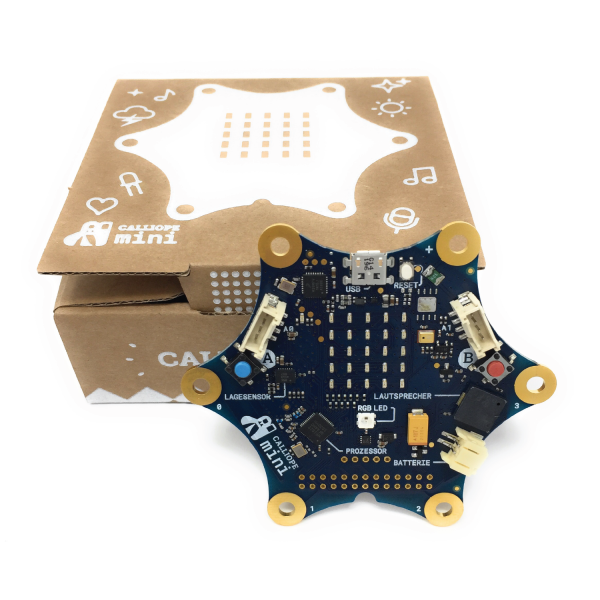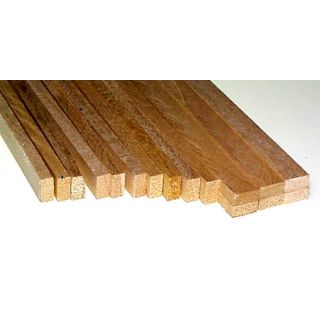All Categories
Calliope Mini Board - Cat# 6-CALI-001
In stock
SKU
6-CALI-001
CA$80.50
Quick Overview
Calliope Mini Board
Calliope mini is designed and built in Germany. It’s based on the open source BBC micro:bit, is a tiny computer designed for students grade 3 and up, to explore the world of coding and physical computing. Get creative and start designing! The kit comes with the board, USB cable, elastic band, battery holder, thorough instructions and some very lovely stickers. (batteries are not included)
The main chip on the Calliope is the same nRF51822 as the micro:bit so for many purposes, it can be programmed the same way. There are some big upgrades though!
Things that are the same as the micro:bit
- Nordic nRF51822 Multi-protocol Bluetooth® 4.0 low energy / 2.4GHz RF SoC
- 32-bit ARM Cortex M0 processor (16MHz)
- 16kB RAM
- 256kB Flash
- Bluetooth low energy
- 5x5 LED matrix display
- USB Micro B connection (programming and power supply)
- JST battery connector (3.3V)
- 2 programmable buttons
- PWM outputs
- NXP KL26z (USB UART and programming interface chip)
- Serial interface (USB + configurable ports)
- 4 analog inputs
- 8-11 Input / Output Connections (depending on software configuration)
- SPI + I2C
Things that are new or different:
- Instead edge-connect pads on the bottom of the board, like micro:bit, Calliope Mini's has a circular star design, with alligator pads on 6 corners for easy connection.
- Full 9 degree of freedom IMU with Accelerometer, Gyroscope, Magnetometer (Bosch BMX055) - the micro:bit has only accelerometer and magenetometer, and they are different/separate chips.
- MEMS Microphone for audio input
- DC Motor Driver (TI DRV8837) to drive a single DC motor or solenoid
- Piezo Speaker
- RGB LED (WS2812B NeoPixel)
- 2 x Grove connectors (I2C + serial / analog)
In particular, we think this is a nice upgrade board for when you like micro:bit but want a ton more stuff built in. The Calliope Mini can be programmed through Microsoft MakeCode just like the 'bit, including radio communications and displaying on the 25 LED matrix! It can also run micropython code on the micro:bit - we would recommend using the default micro:bit micropython build and then using the accessories on-board as if they were wired to a 'bit on a breadboard or with alligator clips.
Check out their website for a plethora of classroom-friendly projects and experiments. In just a few clicks, you can transform Calliope Mini into a small robot friend, play musical compositions, send messages, and more.
See images above for some project ideas pairing the Calliope Mini with our Kidder Design & Build line.






